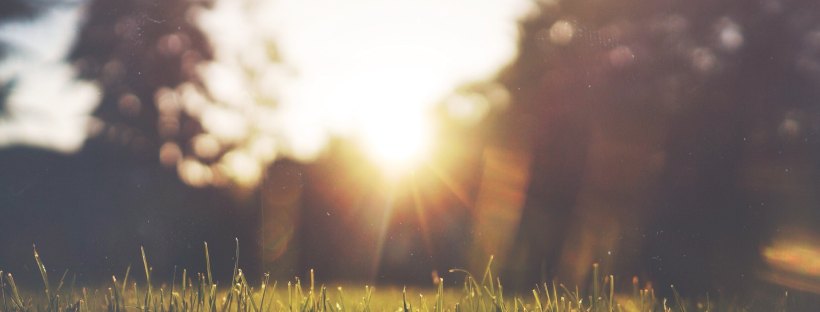
Last night I learned something that totally clicked with me that related to different types of sunscreens based on their ingredients and how they actually protect you:
The “active ingredients” in your sunscreen should be zinc and titanium, becausethey are physical properties. When you put this type of sunscreen on your skin, it may be very white and hard to rub in. That’s because of it’s properties.
What it does: it creates a barrier layer on the top of your skin so when the sun rays hit your skin, the sunscreen deflects the ray off of your skin so it cannot penetrate.
If the “active ingredients” in your sunscreen say anything other than zinc and titanium, these are chemicals.
What the chemicals do: when you put this type of sunscreen on your skin, it absorbs into your skin (instead of creating a barrier). When the sun rays hit your skin and go in, a chemical reaction happens to disperse the ray.
If you burn while wearing this type of sunscreen, you may be experiencing a chemical burn and not an actual sunburn (if you’re reapplying every two hours). Both types of sunscreens can protect you from the harmful rays, but zinc and titanium is really the way to go (if you ask me).
What does SPF really mean?
If you’re getting a sunscreen with zinc in it, a SPF 15 provides you with 93% protection and a SPF 30 provides you with 98% protection. Basically, you shouldn’t need any more protection than an SPF 30. If you’re buying anything that has an SPF over 30, it’s only marketing. You really aren’t getting any extra sun protection.
Other tips regarding sunscreen:
- Give it time to attach to your skin. Put it on at least 10-15 minutes before you are in the sun (if you’re going to put it on, might as well do it right).
- Re-apply every two hours if you are going to continue to be in the sun. The sunscreen wears off.
- Don’t apply while wet or sweaty, it won’t protect the skin correctly.
- If you’re going to be swimming, re-apply immediately after you are out of the water and dry.
I know I sound like your mom… “honey you need to put on your sunscreen before you leave the house,”but, I PROMISE you will thank me later when you don’t have brown spots and wrinkles surfacing in your 30’s and 40’s. You won’t see the sun damage now, but it will all lay dormant in your skin for years and it will take a lot of time and money to tryand reduce the damage.
Not only will this prevent sun damage but it will also help prevent skin cancer. Everyone should be getting checked by a dermatologist at least every two years. If you think you’re too young or this couldn’t happen to you, I’ll be happy to show you my skin cancer scars (from when I was 18!).



